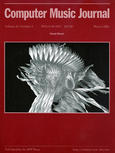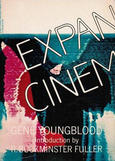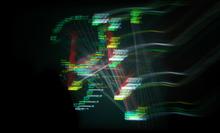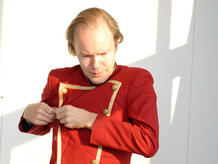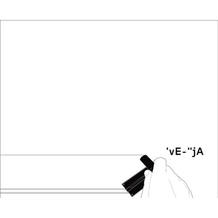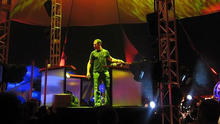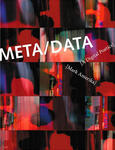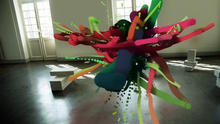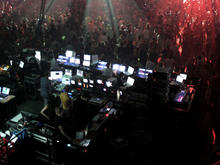Jost Muxfeldt
(*1959) is a German/American artist, composer, and philosopher, who almost exclusively uses electronic media and computers. His work often focuses on trans-media and phenomenology.
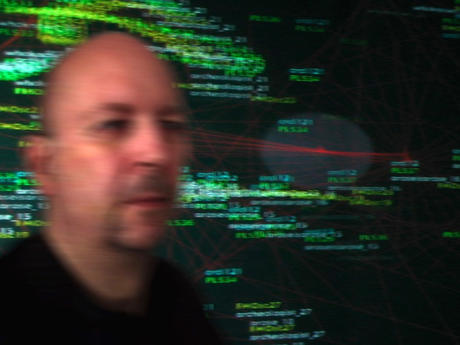
Jost Muxfeldt explores the rational and irrational channels between artistic and conceptual disciplines, and pursuing their self-transfiguring implications.
In 1991 he moved to Berlin, where he began working as an artist and composer, independently as well as with other artists such as Arnold Dreyblatt, Martin Riches, Laura Kikauka, and Stephan Wunderlich. He also began working in architecture for Daniel Libeskind, Arata Isozaki, Axel Schultes, and later with many other prominent Berlin architects.
The first performances of his music and sound works were organized in Darmstadt and in Munich by Stefan Wunderlich in 1998/1999. More recently, he published in philosophy under edition of Jean Michel Rabaté, and lectured at the international Philosophy and Architecture Conference at the Université Paris X Nantèrre in 2005 on the work of Arakawa and Madeline Gins. His most recent audiovisual work, Audio Kinematics, has been shown in numerous venues through Europe, including the Tesla Media Art Center at both the Ultraschall and Transmediale Festivals in 2007, the Centre D'Art Santa Mònica for the Sónar 2007 Festival in Barcelona, at the Via Festival in Maubeuge, and at the Exit Festival in Paris-Créteile in 2008.
Source: Jost Muxfeldt
